|
|
|||
| forums: groups: | |||
|
"Video Quality"
Has anyone else been put off by poor video quality in recently-shot scenes by a few new producers?
Today many producers are shooting in very high definition, to the point where one of our TVs cannot play the videos unless I downgrade it with software and re-encode it. But that's a good thing, as it shows that producers are paying attention to quality.
But at the opposite end of the spectrum, I'm seeing scenes for sale with horribly blurry screen caps. Not just one seller, but a few.
Today expensive video equipment is not needed, as most smart phones will shoot very decent video. But these scenes appear to have been shot in a wide-screen format, using (old) video cameras, or a video setting on a digital camera.
While I'm ranting, I may as well mention lighting too. I see a number of scenes for sale where there is horribly bright back-lighting that makes the model very shadowy and grainy in the clip, with no detail or resolution. This sometimes happens if the video is shot in a bathtub with a window behind it, or with a lamp in a room set up behind the model, instead of in front.
So if you're starting out producing videos, please light the scene from in front, not behind, not from on top, but in front, perhaps with a lamp on either side. More importantly, get your shit in focus, whether it's a wrong setting on your camera, or an ancient camera that shoots blurry, or even a badly dirty lens. Take some test videos before shooting the scene. Nobody wants to buy your badly lit blurry shit.
Rant done, anyone else find this frustrating? I won't buy a blurry video, no matter what the content may be.
Today many producers are shooting in very high definition, to the point where one of our TVs cannot play the videos unless I downgrade it with software and re-encode it. But that's a good thing, as it shows that producers are paying attention to quality.
But at the opposite end of the spectrum, I'm seeing scenes for sale with horribly blurry screen caps. Not just one seller, but a few.
Today expensive video equipment is not needed, as most smart phones will shoot very decent video. But these scenes appear to have been shot in a wide-screen format, using (old) video cameras, or a video setting on a digital camera.
While I'm ranting, I may as well mention lighting too. I see a number of scenes for sale where there is horribly bright back-lighting that makes the model very shadowy and grainy in the clip, with no detail or resolution. This sometimes happens if the video is shot in a bathtub with a window behind it, or with a lamp in a room set up behind the model, instead of in front.
So if you're starting out producing videos, please light the scene from in front, not behind, not from on top, but in front, perhaps with a lamp on either side. More importantly, get your shit in focus, whether it's a wrong setting on your camera, or an ancient camera that shoots blurry, or even a badly dirty lens. Take some test videos before shooting the scene. Nobody wants to buy your badly lit blurry shit.
Rant done, anyone else find this frustrating? I won't buy a blurry video, no matter what the content may be.
It is pretty surprising considering how the last couple of generations of smartphone have made proper exposure as foolproof as it's ever been. But you can't foolproof light.
I think the biggest telltale sign of poor video quality is the grain from poor low-light performance. I'm not saying this to be a jerk, I sincerely want to help new shooters: cameras are not as good at seeing as the human eye. We have a way of adapting to low-light indoor situations that cameras aren't even close to yet. So if you want to shoot someone in your bathroom you need to throw as much light on them (not around them, ON them) as you can. Light is the only way you can get the best performance out of your camera. Autofocus, high resolution, things of that nature won't come into play if the camera can't see what's going on.
Though in your image, OP, that's just some good ol' fashioned out-of-focusness. It happens, though. One time I shot one of my favorite videos completely out of focus because I was using a new camera, forgot that I threw it in manual focus instead of auto, and couldn't tell the difference on the small back screen. Still kicking myself for it. Got a five-inch HDMI monitor the next day.
I think the biggest telltale sign of poor video quality is the grain from poor low-light performance. I'm not saying this to be a jerk, I sincerely want to help new shooters: cameras are not as good at seeing as the human eye. We have a way of adapting to low-light indoor situations that cameras aren't even close to yet. So if you want to shoot someone in your bathroom you need to throw as much light on them (not around them, ON them) as you can. Light is the only way you can get the best performance out of your camera. Autofocus, high resolution, things of that nature won't come into play if the camera can't see what's going on.
Though in your image, OP, that's just some good ol' fashioned out-of-focusness. It happens, though. One time I shot one of my favorite videos completely out of focus because I was using a new camera, forgot that I threw it in manual focus instead of auto, and couldn't tell the difference on the small back screen. Still kicking myself for it. Got a five-inch HDMI monitor the next day.
Check out Project 20M on IG! @Project20M
I'm just gonna go ahead and offer that one of the hardest things to shoot, PERIOD, in terms of lighting and exposure... is pie hits.
You're adjusting everything to the subject's face, making sure she's well-lit, the exposure is good, etc. And then BOOM! That face suddenly becomes a mass of pure white. It's incredibly easy to "blow out the whites" if you're not careful.... or using automatic exposure, like most folks do with smart phones.
I actually notice this even with really good producers whose work is bright and well-lit. The darker materials (slime, chocolate, etc) look great. The pies are basically just the brown crust and then pure white against it, no fine detail. And hey.... Sometimes that's a choice! If you're lighting for the white pie hits, you inevitably have to "underlight" everything else.
ANYWAY. I'm probably more sensitive to this than most. My solution is to use manual exposure and drop it down a touch, so the whites don't get blown out. Then in post, I can increase the brightness levels in the non-pie moments so everything doesn't look too dark. It's still not ideal, but there's always gonna be a compromise and I try to hit a happy medium.
But yeah. Lighting, lighting, lighting. I get that there's no barriers to entry anymore (when I started, I had to buy cameras, lights, AND pay $300 to set up my Vidown store!) but that also means that people just shooting clips in their bathroom on a smartphone don't feel the need to invest a few hundred in decent lights. But they DO make a difference.
Also, soft lights and filters. Again, harsh light is death for good pie hits on camera.
As for focus, find an amazing camera operator OR set your auto-focus and make sure your model is reasonably centered. And shoot multiple cameras for the inevitable times one camera loses focus. (I had a closeup camera go out of focus, randomly, for almost 30 seconds.... enough to lose the first part of a sliming.... BUT I had two other cameras capturing it so the moment was saved, and the scene sold quite well. Without most people realizing I'd lost the closeup footage for a key moment.)
You're adjusting everything to the subject's face, making sure she's well-lit, the exposure is good, etc. And then BOOM! That face suddenly becomes a mass of pure white. It's incredibly easy to "blow out the whites" if you're not careful.... or using automatic exposure, like most folks do with smart phones.
I actually notice this even with really good producers whose work is bright and well-lit. The darker materials (slime, chocolate, etc) look great. The pies are basically just the brown crust and then pure white against it, no fine detail. And hey.... Sometimes that's a choice! If you're lighting for the white pie hits, you inevitably have to "underlight" everything else.
ANYWAY. I'm probably more sensitive to this than most. My solution is to use manual exposure and drop it down a touch, so the whites don't get blown out. Then in post, I can increase the brightness levels in the non-pie moments so everything doesn't look too dark. It's still not ideal, but there's always gonna be a compromise and I try to hit a happy medium.
But yeah. Lighting, lighting, lighting. I get that there's no barriers to entry anymore (when I started, I had to buy cameras, lights, AND pay $300 to set up my Vidown store!) but that also means that people just shooting clips in their bathroom on a smartphone don't feel the need to invest a few hundred in decent lights. But they DO make a difference.
Also, soft lights and filters. Again, harsh light is death for good pie hits on camera.
As for focus, find an amazing camera operator OR set your auto-focus and make sure your model is reasonably centered. And shoot multiple cameras for the inevitable times one camera loses focus. (I had a closeup camera go out of focus, randomly, for almost 30 seconds.... enough to lose the first part of a sliming.... BUT I had two other cameras capturing it so the moment was saved, and the scene sold quite well. Without most people realizing I'd lost the closeup footage for a key moment.)
Just mentioning this here as i have brought it up before, the screen captures can sometimes be pretty bad even though the video looks fine.
1 thing i have done recently was actually add a backlight to reduce the shadows on the backdrop from the 2 lughts in front of the model. I think this has helped quite a bit.
Producers selling on umd also have a limit of 1.5GB for file size. This may be forcing them to compress more. I am no expert at this but i do seek input from other producers and customers alike. Have you reached out to the producers directly who could value your input and suggestions? I know I would.
1 thing i have done recently was actually add a backlight to reduce the shadows on the backdrop from the 2 lughts in front of the model. I think this has helped quite a bit.
Producers selling on umd also have a limit of 1.5GB for file size. This may be forcing them to compress more. I am no expert at this but i do seek input from other producers and customers alike. Have you reached out to the producers directly who could value your input and suggestions? I know I would.
SlapstickStuff said: I try to hit a happy medium.
Sorry, but all I could see in my mind was you throwing a pie at a chuckling fortune-teller.
Saturation Hall, Langstonedale
Lord of the Pies
This is why there will probably always be a market for actual production houses, with multiple models and high production values, as well as self-produced models shooting at home on their phones. In my case, I was into photography, and then video, years before I ever considered shooting WAM. I used to shoot railway videos and also did some videography for a battle re-enactment group. So I learned long ago about the interplay of light and camera, the effects of excessive backlighting, and all the rest. And then from the early VHS WAM videos I bought, and from my own collection of TV clips, I knew how important good framing was. And from my IT background I knew how vital it was never to use anyone's real name, so a future employer wouldn't find WAM pics if they searched by name. And I'd read Rob Blaine's book on messy photography.
So when I started setting up to shoot in the dungeons here at the Hall, I already knew we wanted bright enough lights that we'd not need to use flash for the stills - so we used 1500 watts of halogen floodlamps - a backdrop that was neither too bright nor too dark, and to make sure all the important bits and money-shots were visible. It still took the best part of a decade to truly master the art of WAM phortography, and then to fully realise the supremacy of video.
Someone just starting out isn't going to have that experience or depth of knowlege, unless they're alrteady a hobby photographer, and there's only so much anyone can learn from books or YouTube tutorials - some of it you just have to go out there and learn on the job. And TBH while I mostly know my way round a DSLR there's still a lot of subtlty in settings and controls, especially those not often used in WAM shooting, that I know nothing of.
And bad promos kill sales. If I can't tell from the promos exactly what someone is wearing, and what is going to happen to them, how they are going to be messed up, and how messy they are going to be by the end, I'm almost certainly not going to buy the scene. Likewise if promos are blurry or out of focus. But a good set of promo shots can really sell a scene.
So when I started setting up to shoot in the dungeons here at the Hall, I already knew we wanted bright enough lights that we'd not need to use flash for the stills - so we used 1500 watts of halogen floodlamps - a backdrop that was neither too bright nor too dark, and to make sure all the important bits and money-shots were visible. It still took the best part of a decade to truly master the art of WAM phortography, and then to fully realise the supremacy of video.
Someone just starting out isn't going to have that experience or depth of knowlege, unless they're alrteady a hobby photographer, and there's only so much anyone can learn from books or YouTube tutorials - some of it you just have to go out there and learn on the job. And TBH while I mostly know my way round a DSLR there's still a lot of subtlty in settings and controls, especially those not often used in WAM shooting, that I know nothing of.
And bad promos kill sales. If I can't tell from the promos exactly what someone is wearing, and what is going to happen to them, how they are going to be messed up, and how messy they are going to be by the end, I'm almost certainly not going to buy the scene. Likewise if promos are blurry or out of focus. But a good set of promo shots can really sell a scene.
Saturation Hall - Forth! The Gungemaidens!
Sorry, but all I could see in my mind was you throwing a pie at a chuckling fortune-teller.
Did I ever tell you about the time Lenny shot my fortune-teller custom video? I even worked in the old "Ya want ya palm red?" gag straight from Bugs Bunny.
"I sure do have a lot of PIES in my future!"
Anyway, back to whatever the topic is.
Sponsors
To avoid content being blocked due to your local laws, please verify your age ?
Sponsors
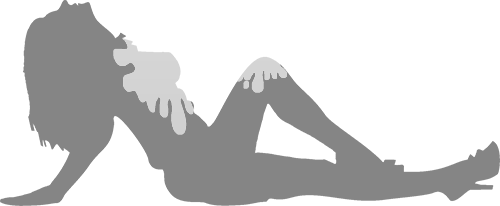
Design & Code ©1998-2026 Loverbuns, LLC 18 U.S.C. 2257 Record-Keeping Requirements Compliance Statement
Epoch Billing Support Log In





 Love you, too
Love you, too


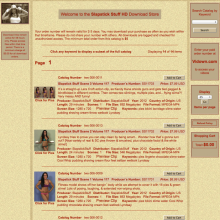
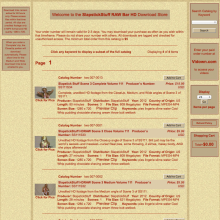



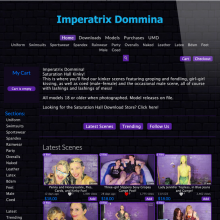
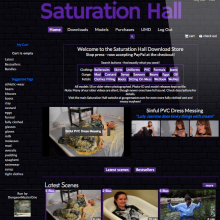
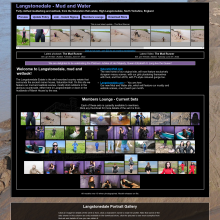
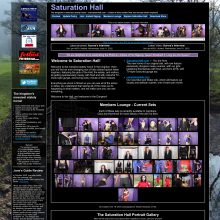












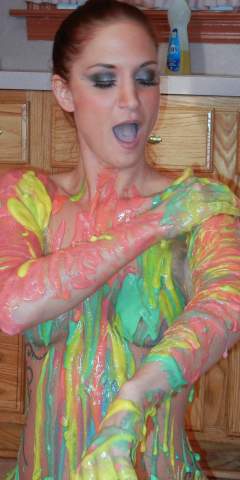
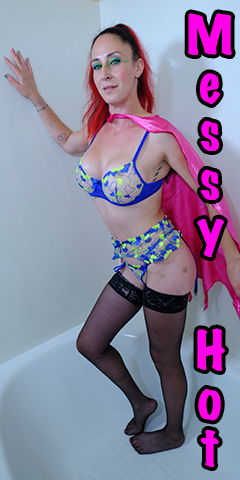
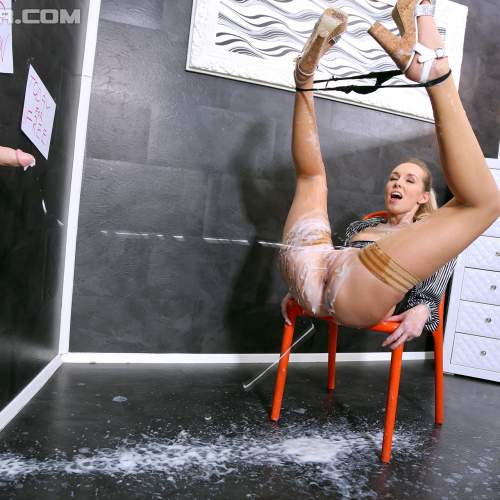



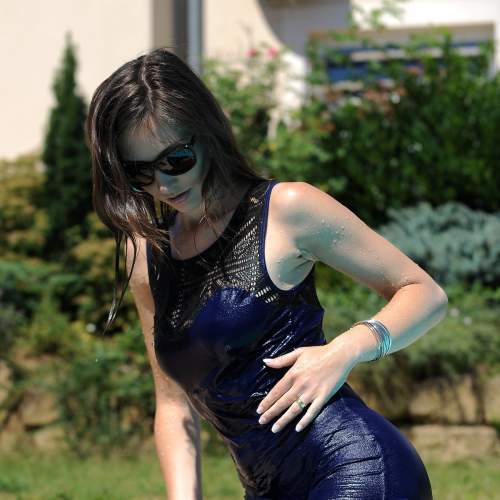
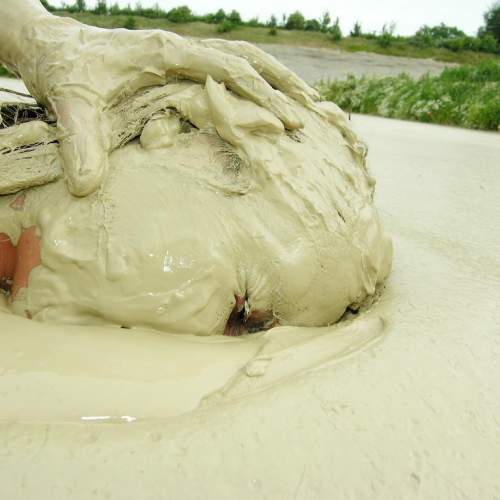
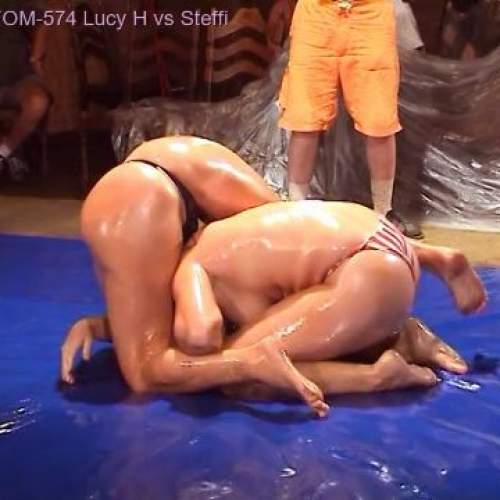


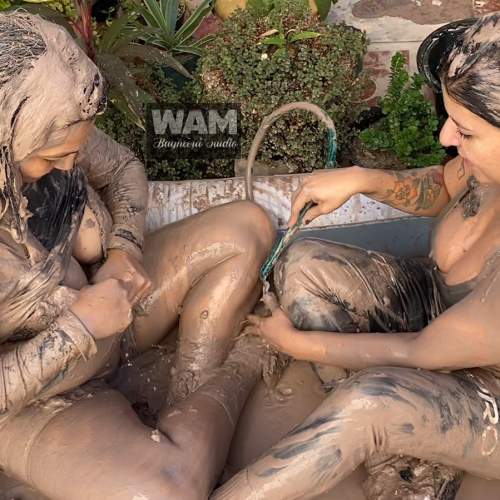
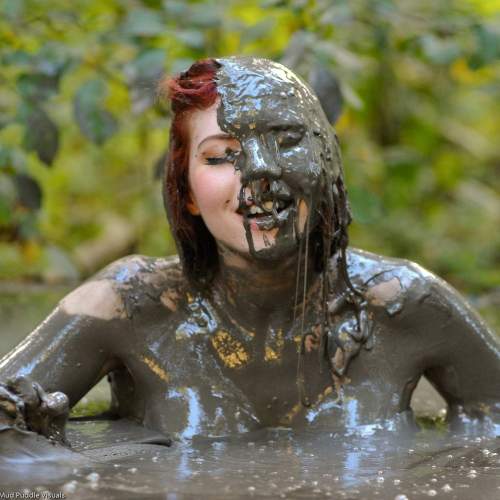
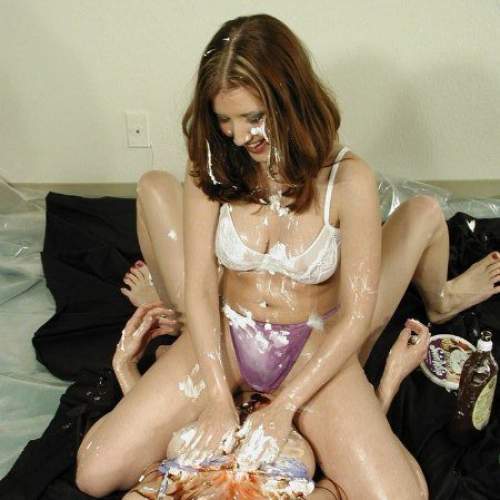


 VIP Coupons
VIP Coupons